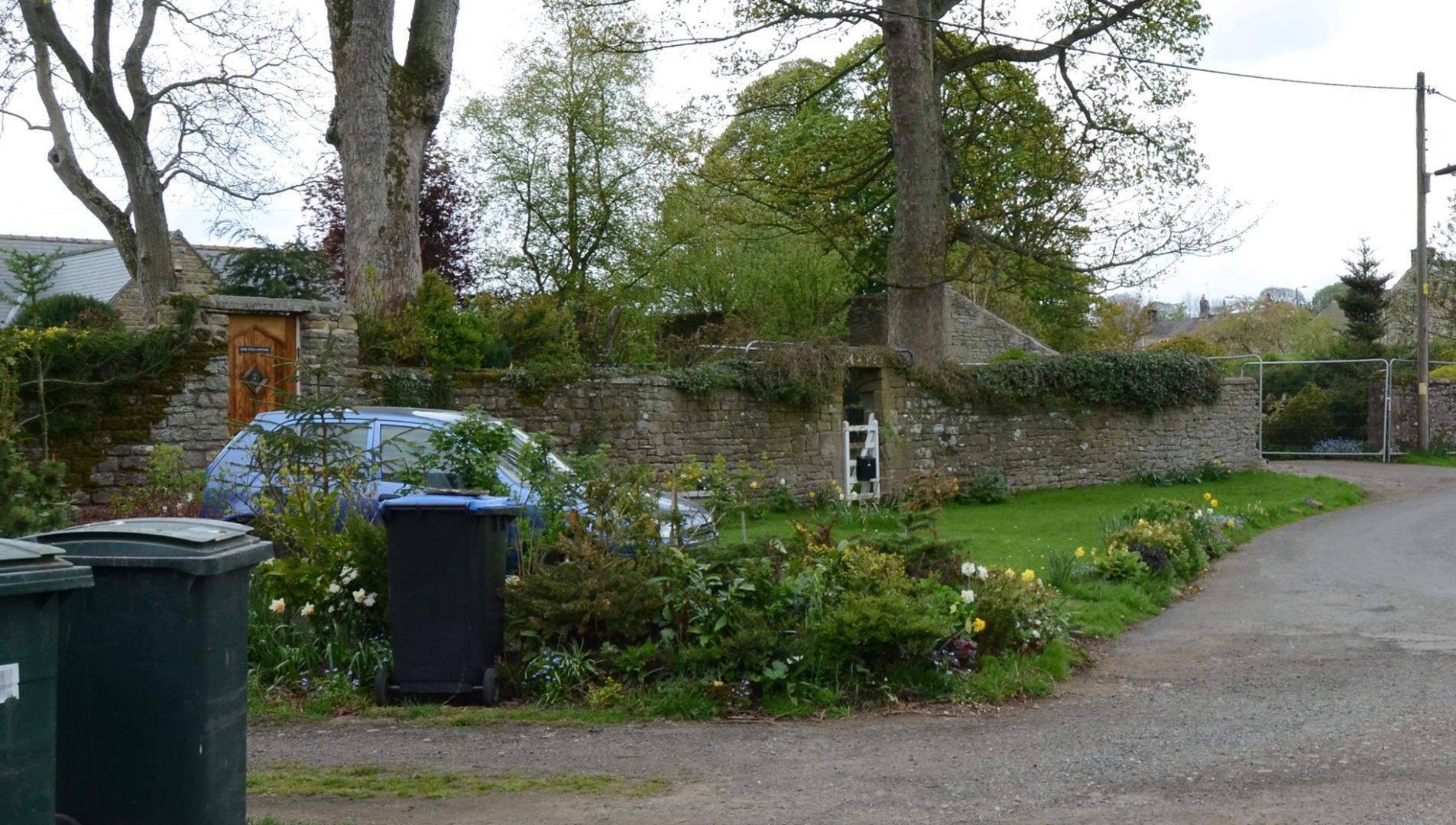A PUBLIC inquiry has heard how residents of Romaldkirk are at odds with each other over whether a patch of open space should be added to the village green.
The wrangle began in 2016 when Romaldkirk Parish Council applied to have a small triangle of land along Sennings Lane added to the main village green.
The land is owned by the church, but has been maintained by the people who live adjacent to it for many years.
A deed by the Lord of Romaldkirk Manor, Claus Snushall, in 1930, shows how the patch of land, along with all of the greens in the village were declared to be for the use of residents. Later, in 1967, various parcels of the land were registered as village green, but the triangle was left out. The land is about 22 metres long, is less than nine metres at its widest, and just over two metres at its narrowest.
At least five people objected to the parish council’s application for it to be declared a green. Following legal advice, which found that both the parish council and the objectors had valid arguments, Durham County Council’s highways committee decided last year to establish an independent non-statutory public inquiry.
Led by Ruth Stockley, a barrister who specialises in highways, planning, environment and village greens, the inquiry was opened at The Witham, in Barnard Castle on Tuesday, April 30.
She explained that to be declared a village or town green, an area needs to have been used by a “significant” number of people for sport or leisure for at least 20 years.
A number of residents submitted statements saying they had used the land for activities including horse-riding and dog walking.
Barrister for the parish council James Kemp said: “Quite clearly the land has been used for the requisite activities and for the requisite period.”
Resident and parish councillor Gill Carter told the inquiry that the patch of land was used during annual events such as the village fair and Beamish rally.
She said: “It was always used for spectators when the parade came down the lane and onto the main village green.”
Ms Carter added that her son, Ivan, had used the land with his personal trainer, when he would do circuit-type training across various parts of the green.
Sarah Wall, who has lived in Romaldkirk most of her life, gave an account of how she had played on the land as a child and now her children use the land too. She added that she walks her dog every evening.
However, Murray Webb, whose home is adjacent to the land and has objected to the application, produced stills from CCTV footage which showed the route Mrs Wall took. In none of the images did she appear to cross the land.
He argued that apart from his family and his former neighbour Howard Bowen-Jones no one else from the village had ever used the land for any activities.
He explained how his wife, along with Mr Bowen-Jones, had maintained the area, including planting flowers and shrubs.
On the second day of the inquiry, Mr Webb’s daughter Evangeline Bark described how the former neighbour, who has since died, had been protective of the land.
She said: “Mr Bowen-Jones would tell people it is privately maintained and would give a telling off to anyone who came on it.”
Mrs Bark said it would be impossible for riders to have come onto the land in the past because a laburnum tree’s branches came over it. Mr Bowen-Jones had also warned everyone that the tree, which has since been removed, is poisonous and should be avoided.
When made available the findings of the two day inquiry will be discussed by Durham County Council’s highways committee which will have the final say on whether or not the land will be declared part of the village green.







